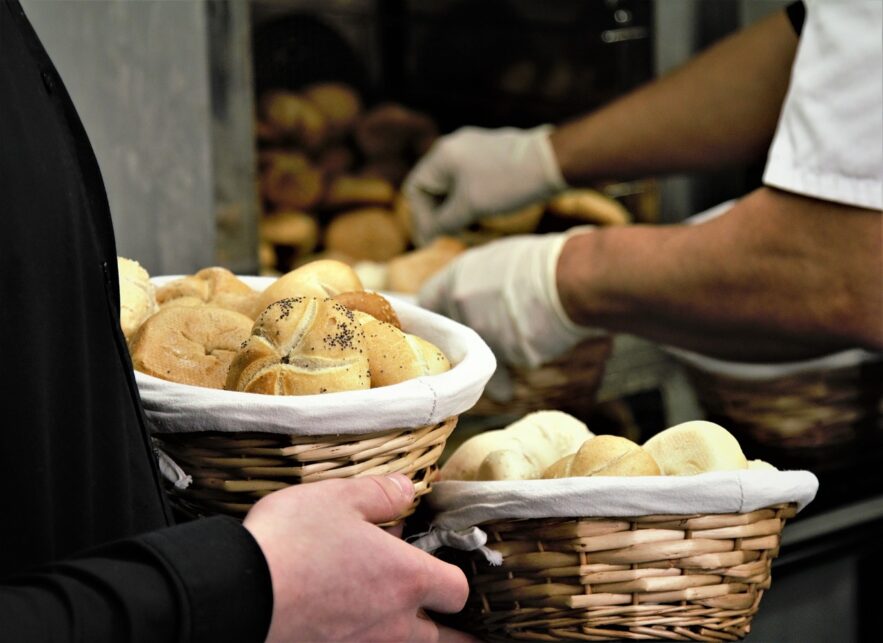Best Practices for Food Handling Gloves

Food handling gloves are easy to use, right? Many new food handlers might assume that you just put them on your hands and you’re good to go. You know everything you need to know.
While it’s true that food handling gloves are simple in themselves, there are some right ways to pursue (and wrong ways to avoid) when it comes to handling food properly with them, as well as storing them and changing tasks.
Let’s cover what qualifies as a food handling glove and then go over some best practices for food handling gloves to consider.
What Are Food Handling Gloves?
Not all gloves are food handling gloves. They must meet certain requirements, as dictated by the Food and Drug Administration (FDA). According to FDA Title 21 CFR Part 177, they should be made from food-safe materials, sanitary and impermeable. There are different types and quality levels of food handling gloves, but the main property they must have is an ability to avoid the growth of bacteria and the development of microbial properties. Furthermore, gloves can have other features, like powder resistance and varied thickness. Obviously, most types of food handling gloves are single use and must be disposed of once you’re done using them.
Glove Tips for Food Handlers
Restaurants have best practices for everything from cooking and serving to food safety and serving alcohol. As a company that certifies restaurants in the safe serving of food, we’ve seen both mistakes to avoid and best practices to pursue. In light of this, here are several tips for using your food handling gloves properly:
- Change gloves any time they’re damaged or contaminated.
- Replace gloves every two hours, or whenever you change to a different food task.
- Wash hands before wearing gloves or changing to new gloves.
- Choose an appropriate size that isn’t loose or too tight.
- Hold gloves by the edge before you put them on.
- Wear gloves any time you handle food or food equipment.
- Don’t take your gloves off and put them back on again.
- Keep unused gloves stored securely in a dry, clean location.
If you’re interested in more best practices like this for all elements of food handling, consider signing up for a food handlers course with American Course Academy today. Even if it’s not required for your role, increasing your food safety knowledge has several benefits.
